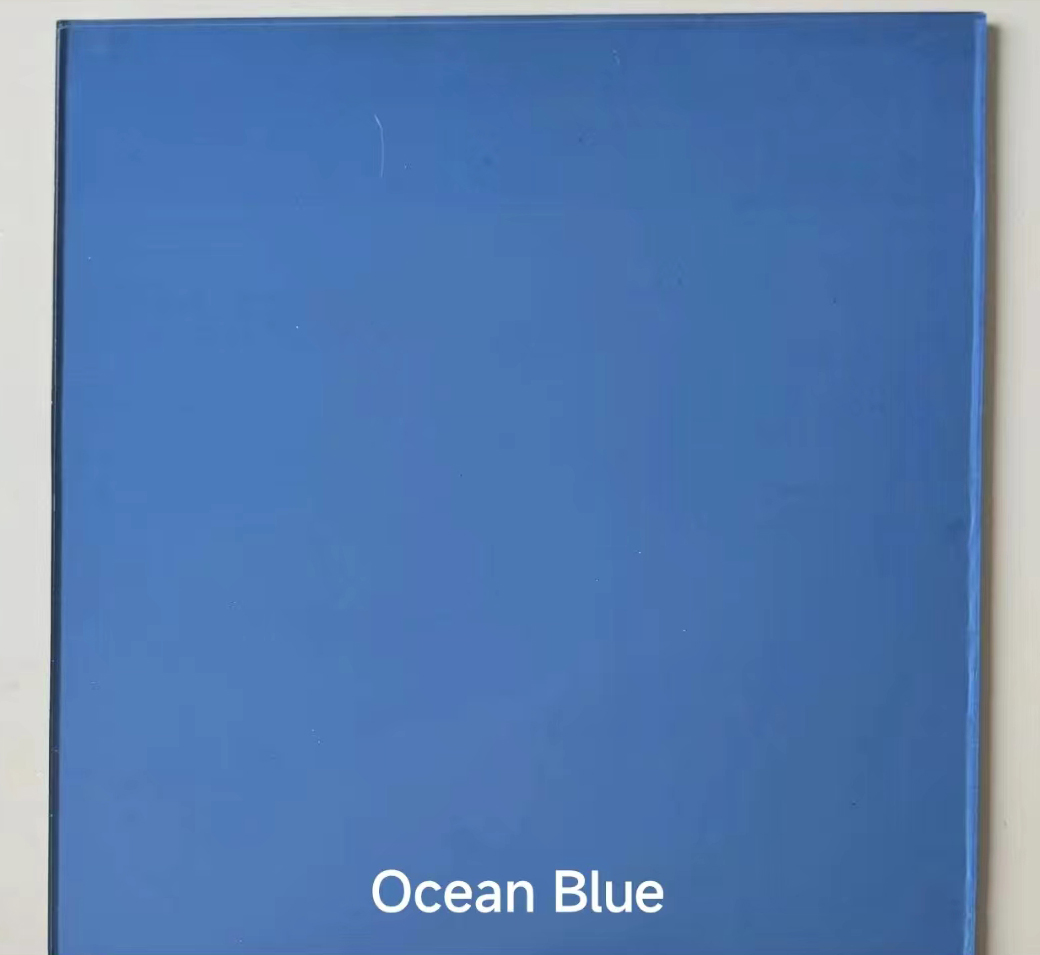

Artistic Glass and Mirror A Reflection of Creativity and Craftsmanship
Artistic glass and mirrors have captivated humanity for centuries, transcending their practical uses to become profound expressions of creativity, culture, and craftsmanship. With unique textures, colors, and designs, they serve not just as functional objects, but as artistic statements that can transform spaces and evoke emotions.
Historically, glassmaking dates back to ancient civilizations, with the Egyptians and Romans being among the first to experiment with glass techniques. These early artisans laid the groundwork for the intricate processes that would evolve over the ages. The combination of silica, soda, and lime allowed artists to manipulate this medium into an array of shapes. The introduction of mirror-making during the Renaissance marked a significant turning point, as mirrors became symbols of elegance and sophistication, enhancing the artistic appeal of spaces.
In contemporary practice, artistic glass encompasses a vast range of techniques, including blowing, casting, fusing, and slumping. Each method allows for different artistic expressions. Glassblowing, for example, is a captivating process where molten glass is blown into delicate shapes, resulting in ethereal forms that catch light and create stunning visual effects. Artists like Dale Chihuly have elevated this technique to high art, creating vibrant installations that merge nature with glass, showcasing its organic beauty and translucence.
Fused glass, on the other hand, involves layering pieces of glass and melting them together in a kiln, allowing for detailed designs and patterns. This method permits artists to experiment with color gradients and textures, creating unique pieces ranging from jewelry to large-scale sculptures. The bold colors and intricate designs seen in fused glass art can evoke a sense of movement, further engaging the viewer.

Mirrors, too, have evolved from simple reflective surfaces to complex works of art. Artists are now employing innovative techniques such as etching, painting, and the incorporation of mixed media to create mirrors that not only reflect our images but also our experiences and emotions. A beautifully crafted mirror can serve as a focal point in a room, enhancing the ambiance while simultaneously serving a practical purpose. Mirrors in modern design often blend functionality with artistic flair, offering multifunctional pieces that can fit seamlessly into contemporary aesthetics.
The relationship between artistic glass and mirrors extends beyond aesthetics; both mediums challenge the viewer's perception. They invite contemplation of light, space, and reflection. Artistic glass pieces can alter how we see our surroundings, with their ability to refract light and create dynamic environments. Mirrors, with their inherent reflective qualities, prompt us to examine our identities and place within the world.
Sustainable practices have also begun to influence the field of artistic glass. As environmental awareness grows, many artists are experimenting with recycled glass and sustainable methods to create their works, contributing to the conservation of resources while simultaneously pushing creative boundaries.
In conclusion, artistic glass and mirrors represent a fusion of function and art, serving as powerful mediums for self-expression and innovation. From the ancient techniques that laid their foundation to the modern interpretations that continue to evolve, these materials hold a mirror to our creativity, reflecting the beauty of the world around us. As we admire the intricate details and sparkling allure of these creations, we are reminded of the importance of craftsmanship and the profound impact of art in our lives. The journey of artistic glass and mirrors is a testament to human ingenuity, ensuring that they will continue to enchant and inspire for generations to come.